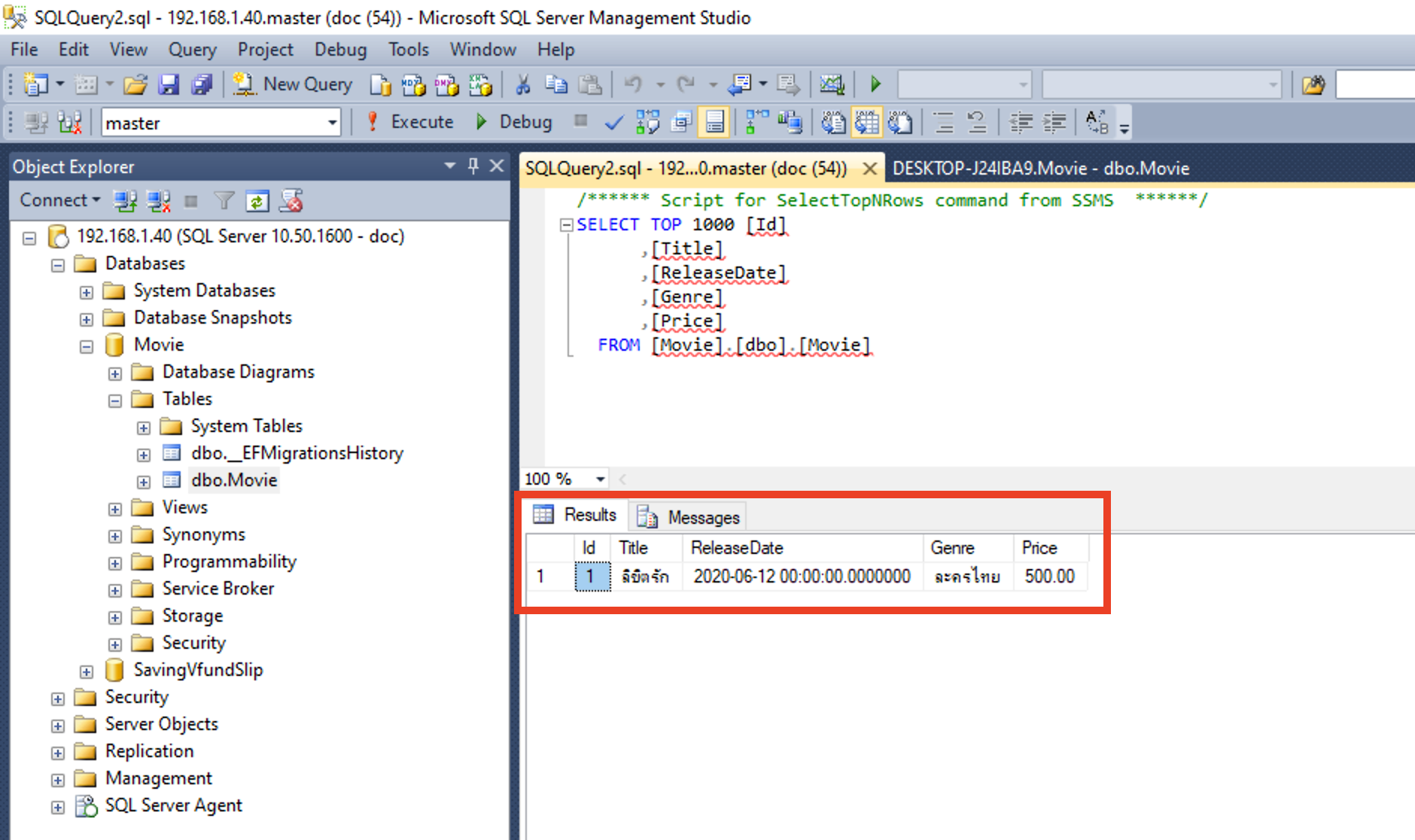
So, in MVC, the view is the component responsible for generating the necessary HTML to render the model data. In the MVC design pattern, the only responsibility of the view is to render the model data. While selecting a view, it is also the responsibility of the controller to pass the model data. Once the model is created by the controller, then the controller selects a view to render the domain data or model data. In the MVC design pattern, the Model component also contains the required logic in order to retrieve the data from a database. The model is the component in the MVC design pattern which basically contains classes that are used to store the domain data or, you can say, business data. The controller component creates the model that is required by a view. In order to handle the request, the controller components do several things, as follows. The controller is the MVC design pattern component that handles the incoming request. So, when we request something like “ from a web browser, the following things happen to handle the request. For example, we want to design an application where we need to display the student details on a web page, as shown below. Let us see an example to understand how the MVC pattern works in the ASP.NET Core MVC application. How Does MVC Design Pattern Work in ASP.NET Core? The Controller chooses the View to display to the user and provides it with any Model data it requires. Using this pattern, user requests are routed to a Controller, which is responsible for working with the Model to perform user actions and/or retrieve the results of queries. This pattern helps to achieve separation of concerns.
Net core mvc visual studio code tutorial code#
So, in simple words, we can say that the Model-View-Controller (MVC) is an architectural design pattern that separates an application code into three main groups of components: Models, Views, and Controllers. As a result, maintaining and testing the application becomes simpler and easier. It means the Domain Model and Business Logic are separated from the User Interface (i.e., view). The main objective of the MVC Design Pattern is the separation of concerns. The MVC (Model-View-Controller) Design Pattern was introduced in the 1970s, dividing an application into 3 major components. The most important point you need to remember is that it is not only used for developing Web-Based Applications, but we can also use this MVC Design Pattern to develop Desktop or Mobile-Based applications. An interactive application is an application where there is user interaction involved, and based on the user interaction, some event handling occurs.

MVC Design Pattern is basically used to develop interactive applications. When we design an application, first, we create the architecture of that application, and MVC plays an important role in the architecture of that particular application. So, you need to remember that MVC is not a programming language. It is an architectural design pattern, which means it is used at an application’s architecture level. MVC stands for Model View and Controller. When to Choose ASP.NET MVC and When to Choose ASP.NET Core MVC? What is MVC?.How Does MVC Design Pattern Work in ASP.NET Core?.As part of this article, we are going to discuss the following pointers. ASP.NET Core MVC is a robust framework for building online programs and APIs using the Model-View-Controller architectural pattern. NET platform, ASP.NET is a well-known web development framework for constructing web applications. The ASP.NET Core framework is growing in popularity among developers and is also anticipated to continue to do so. In this article, I am going to give you a brief Introduction to ASP.NET Core MVC Framework. īack to: ASP.NET Core Tutorials For Beginners and Professionals Introduction to ASP.NET Core MVC Framework.Self-Referencing Relationship in Entity Framework Core.Many-to-Many Relationships in Entity Framework Core.One-to-Many Relationships in Entity Framework Core.One-to-One Relationships in Entity Framework Core.Concurrenc圜heck Attribute in Entity Framework Core.TimeStamp Attribute in Entity Framework Core.

DatabaseGenerated Attribute in Entity Framework Core.MaxLength and MinLength Attribute in Entity Framework Core.Required Attribute in Entity Framework Core.NotMapped Attribute in Entity Framework Core.




 0 kommentar(er)
0 kommentar(er)
